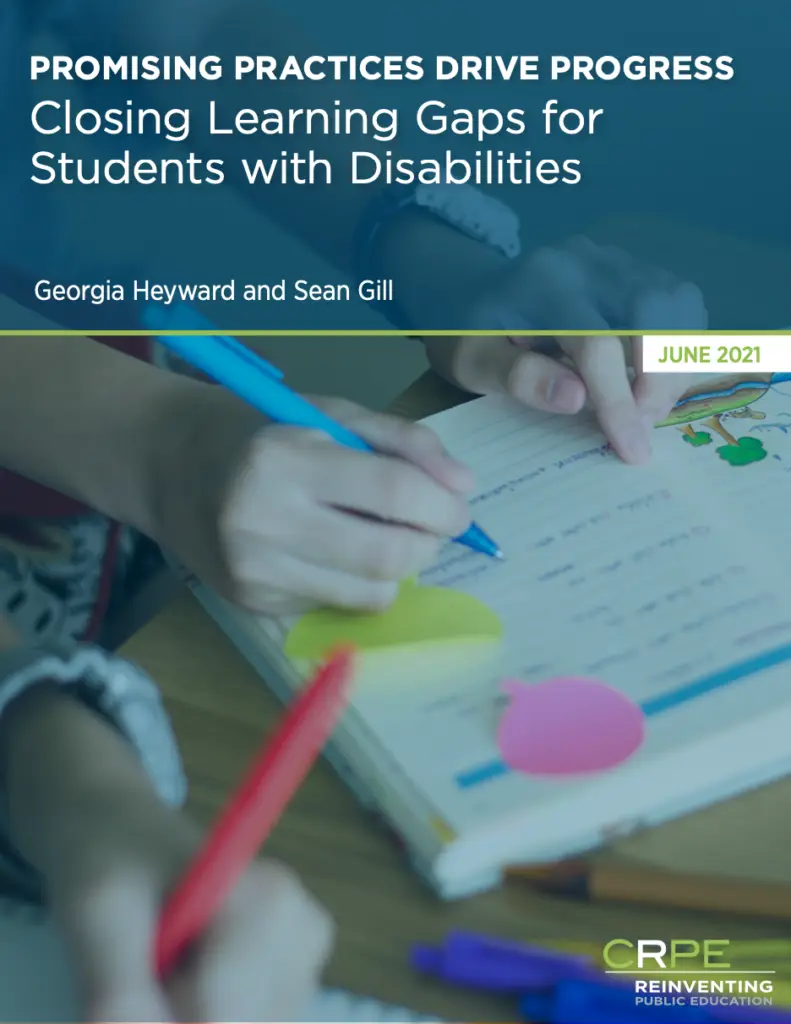Many students started the 2020 school year a little behind academically, but students with disabilities have been especially impacted by the pandemic. With the added benefit of federal stimulus funds, we wanted to know: What can schools to do support students with disabilities as they start planning for next year? And what, if anything, can schools learn from pandemic-driven innovations to narrow long-standing opportunity gaps?
To learn more about how charter schools were serving students with disabilities during the pandemic, we interviewed leaders, teachers, staff, and families in three charter schools in Washington state.
We identified six specific practices that took hold during the pandemic—practices that interviewees said helped students maintain academic progress:
- Kicking off the year with a multigrade “intersession” to prepare students academically and socially.
- Leveraging new technology to support the learning needs of students with disabilities.
- Dedicating time for special educators and general educators to collaborate.
- Allowing for “open time” during the day for intervention and acceleration.
- Combining mastery-based grading policies with interventions.
- Collaborating with families through streamlined and regular communication.
These schools have shown that students with disabilities can be supported to achieve at high levels, even in the midst of a global pandemic. The new challenge for educators everywhere is to keep up the momentum, try new ideas, and to build upon their efforts.





